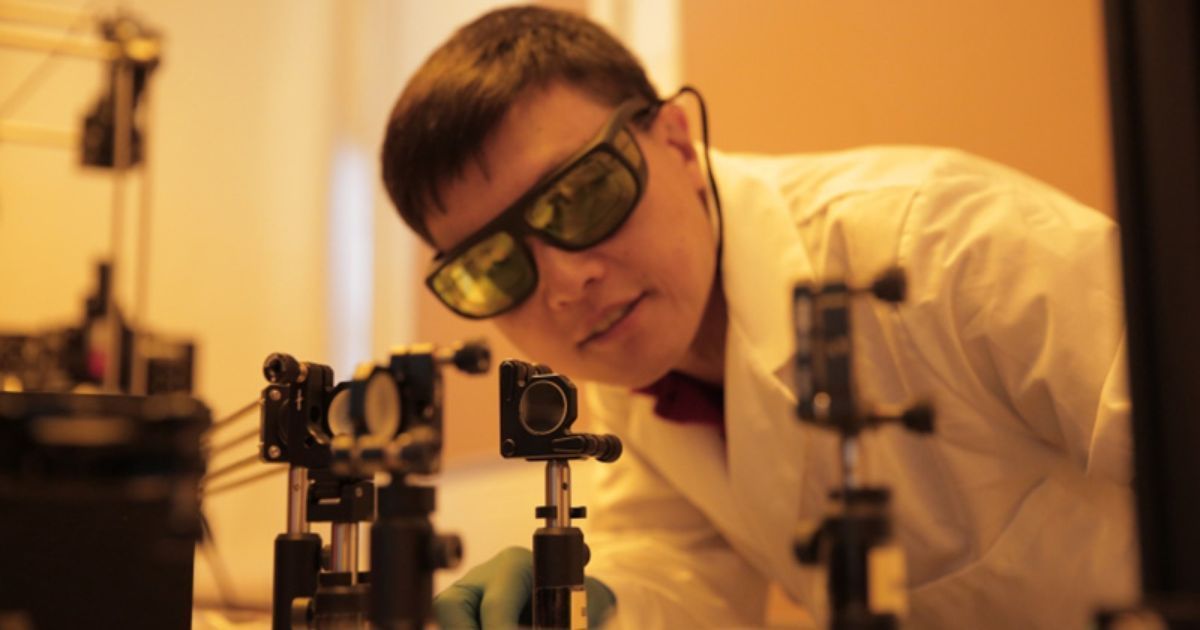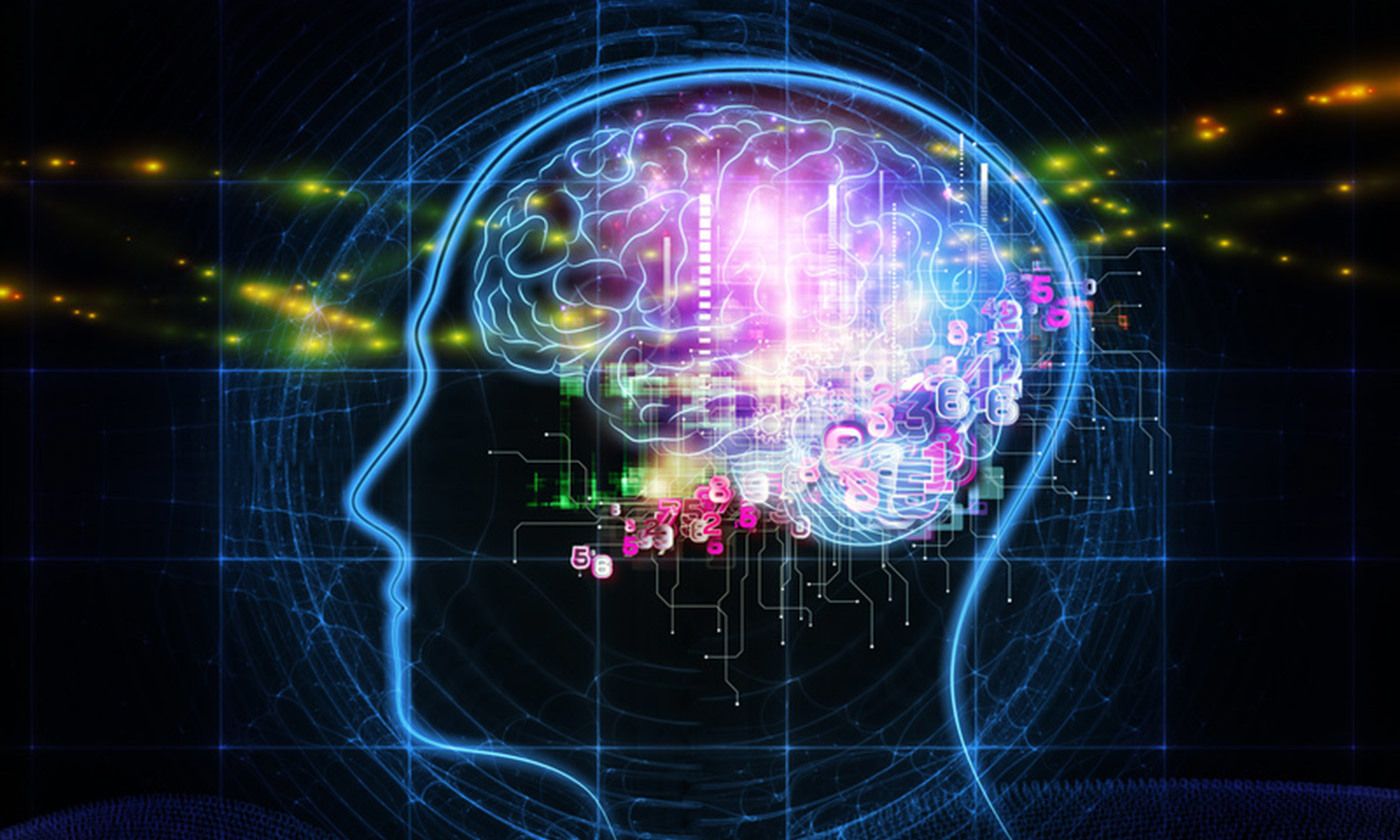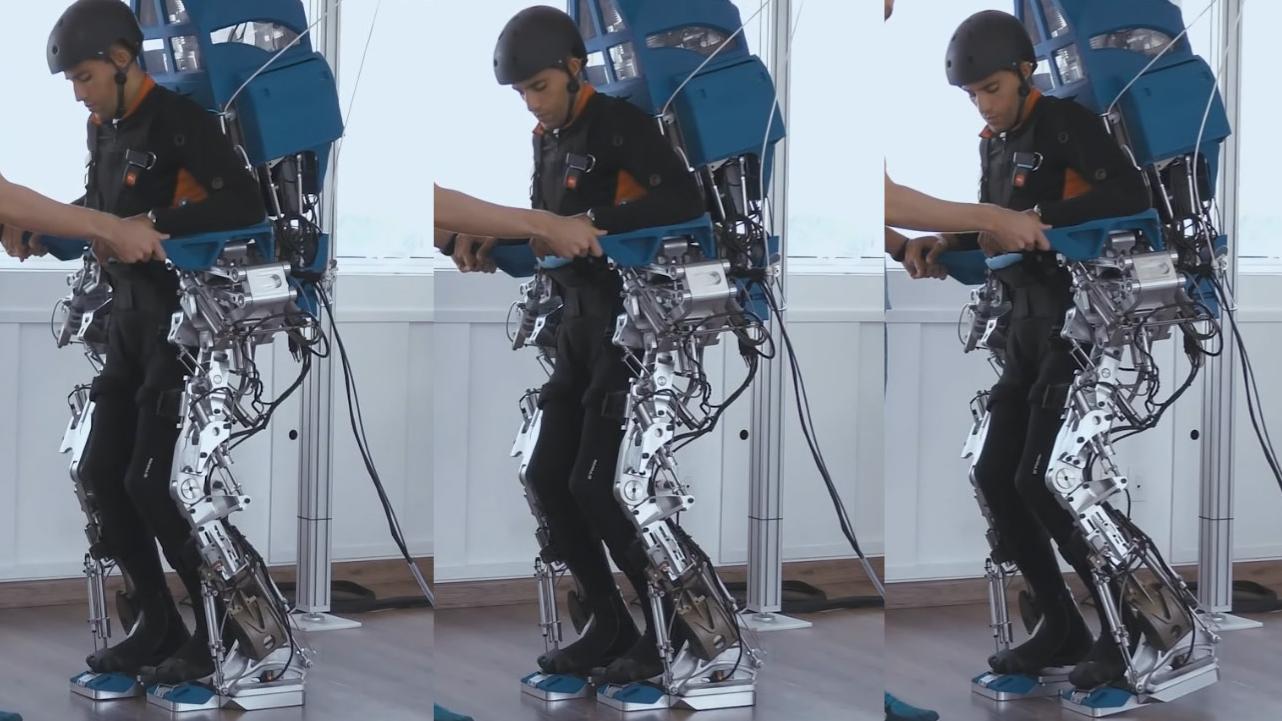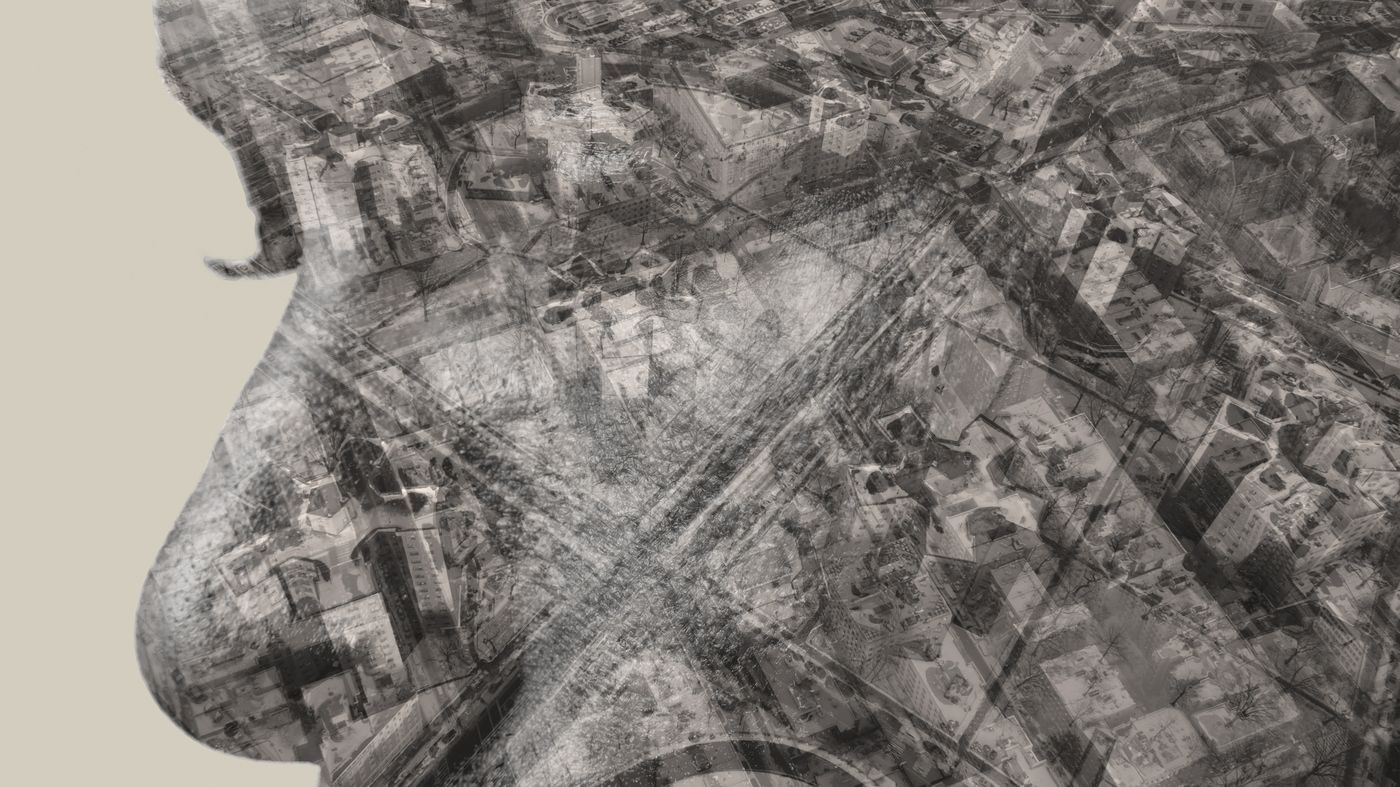Page 11332
Aug 11, 2016
UW research fuels mini solar cells
Posted by Karen Hurst in categories: biotech/medical, solar power, sustainability
Aug 11, 2016
Electroluminescent diamonds could serve as the heart of quantum networks
Posted by Karen Hurst in categories: quantum physics, space
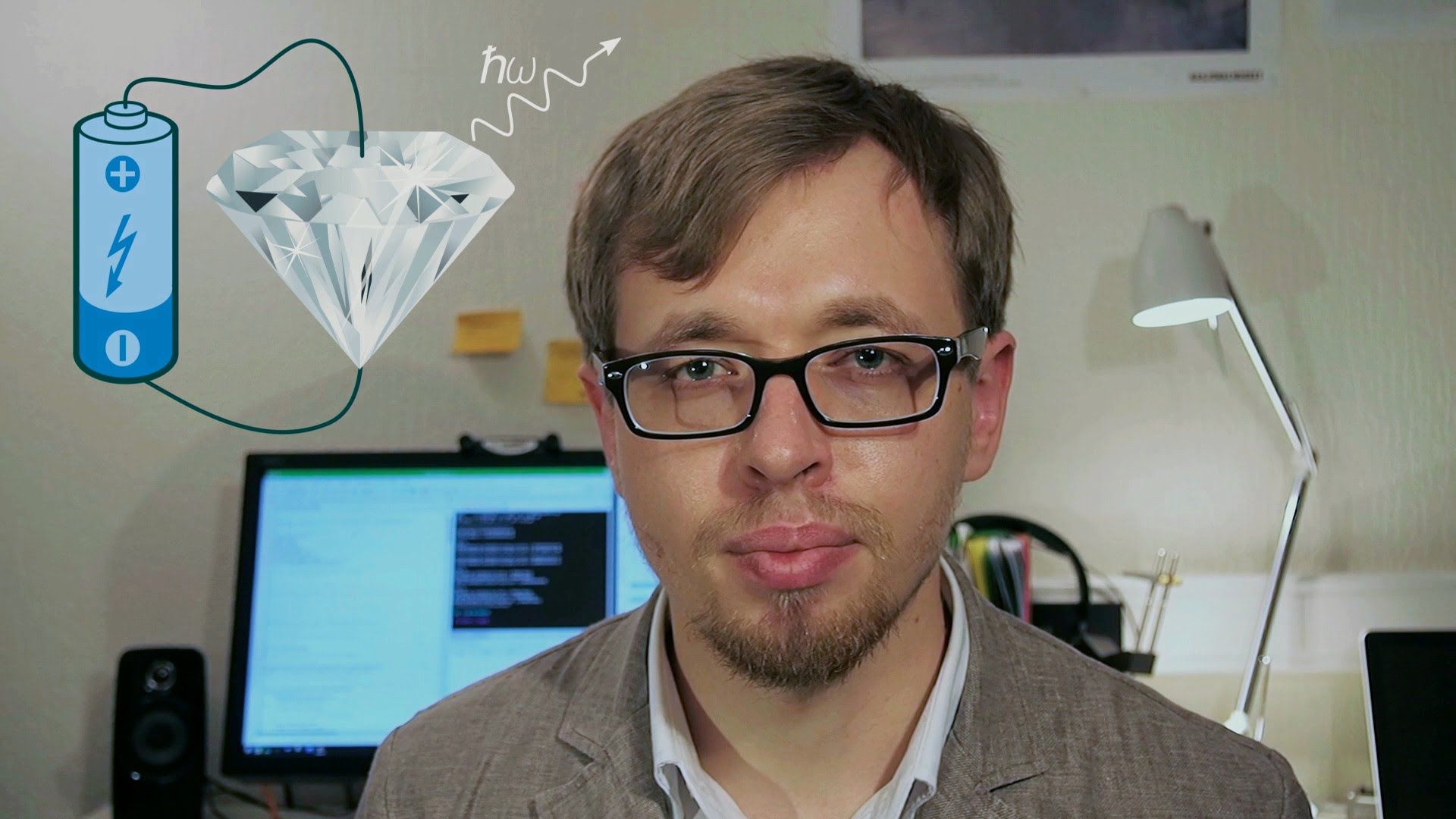
Believe me there are more things coming in this diamond space.
Doped, carefully point-flawed diamonds are crucial to this quantum communications architecture.
Continue reading “Electroluminescent diamonds could serve as the heart of quantum networks” »
Aug 11, 2016
National Science Foundation
Posted by Karen Hurst in categories: biotech/medical, education, life extension, science, singularity
Interesting read; like the plug by Rajeev Alur about how the insights from the ExCAPE project has helped advance making QC programmable. Like Alur, I too see many synergies across multiple areas of science & tech. For example, the work on singularity is being advance by the work performed around anti-aging, cancer research, etc. and vice versa. Truly one of my biggest enjoyments of research and innovation is taking a accept or vision, and guessing where else can the concept be leveraged or even advancing other industries.
NSF’s mission is to advance the progress of science, a mission accomplished by funding proposals for research and education made by scientists, engineers, and educators from across the country.
Aug 11, 2016
Remote control of the brain is coming: how will we use it?
Posted by Carse Peel in categories: bioengineering, biotech/medical, genetics, neuroscience
Controlling the minds of others from a distance has long been a favourite science fiction theme – but recent advances in genetics and neuroscience suggest that we might soon have that power for real. Just over a decade ago, the bioengineer Karl Deisseroth and his colleagues at Stanford University published their paper on the optical control of the brain – now known as optogenetics – in which the firing pattern of neurons is controlled by light. To create the system, they retrofitted neurons in mouse brains with genes for a biomolecule called channelrhodopsin, found in algae. Channelrhodopsin uses energy from light to open pathways so that charged ions can flow into cells. The charged ions can alter the electrical activity of neurons, influencing the animal’s behaviour along the way.
Soon researchers were using implants to guide light to channelrhodopsin in specific neurons in the brains of those mice, eliciting behaviour on demand. At the University of California the team of Anatol Kreitzer worked with Deisseroth to disrupt movement, mimicking Parkinson’s disease and even restoring normal movement in a Parkinsonian mouse. Deisseroth and his colleague Luis de Lecea later demonstrated that it was possible to wake up mice by activating a group of neurons in the brain that control arousal and sleep.
But optogenetics has been challenging. Since light does not easily penetrate dense fatty brain tissue, researchers must implant a fibre-optic cable to bring light into the brain. This limitation led to the development of another, less intrusive technique known as DREADD (designer receptors exclusively activated by designer drugs). In this case, a receptor normally activated by the neurotransmitter acetylcholine is modified to respond to a designer drug not normally found in the body. When the designer drug is delivered, neurons can be manipulated and behaviour changed over a number of hours. The major drawback here: the slow course of drug administration compared with the rapid changes in brain activity that occur during most tasks.
Continue reading “Remote control of the brain is coming: how will we use it?” »
Aug 11, 2016
Paralysed patients move limbs after virtual reality training
Posted by Carse Peel in categories: biotech/medical, cyborgs, neuroscience, robotics/AI, virtual reality
Eight completely paralysed people have regained function in their limbs following virtual reality training, in an accidental result that has astonished even the scientists involved.
Using a brain-machine interface, scientists showed that people with long-term severe paralysis could retrain the few remaining connections in their damaged spines, letting their brains talk to their extremities once more. This enabled them to feel sensation, move their limbs and improved their bladder and bowel control.
The results came about as a wholly unexpected side effect of training to help people use robotic exoskeletons, which let them walk upright.
Continue reading “Paralysed patients move limbs after virtual reality training” »
Aug 11, 2016
The gene therapy revolution is coming. Will the US get left behind?
Posted by Carse Peel in categories: biotech/medical, economics, law
US lawmakers have saddled American biotech with another legal restriction, and scientists are only partially engaging with this looming medical and economic problem.
Aug 11, 2016
LHC-style supercolliders are entering a make or break phase
Posted by Carse Peel in categories: particle physics, space
As the Large Hadron Collider’s first sign of a superparticle melts away, physicists must contemplate their nightmare scenario, says Gavin Hesketh
By Gavin Hesketh
Particle physics finds itself in testing times. This branch of science aims to describe the universe by pulling it apart into its most fundamental building blocks, or particles, and putting them back together in a way that explains how everything works.
Continue reading “LHC-style supercolliders are entering a make or break phase” »
Aug 11, 2016
Nexus: Choosing Sides In The Trans-Human Revolution
Posted by Carse Peel in category: futurism
Beyond the fights and the chases in Ramez Naam’s Nexus trilogy, it is an opportunity to consider how technology might move some humans beyond humanity, says astrophysicist Adam Frank.
Aug 11, 2016
There’s a mysterious object doing a crazy loop around our solar system — and scientists have no idea what it is
Posted by Sean Brazell in category: space
Scientists have nicknamed it “Niku,” which means rebellious in Chinese. And the object’s reckless behavior has scientists scratching their heads.

